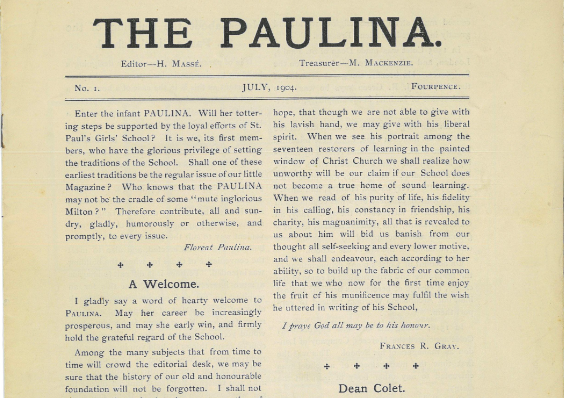History
Since St Paul’s first opened its doors in 1904, the school has provided an ambitious, progressive education for generations of talented young women. At all stages throughout its history, the school has combined the best elements of a classical education with a commitment to innovation and a forward-looking approach.
1894
WORSHIPFUL COMPANY OF MERCERS
The Company had been contemplating the foundation of a school for girls ‘of the highest type, splendidly endowed and equipped’ since February 1872. In that month, Lord Lyttelton, Commissioner for Endowed Schools, approached the Company and asked them to divert some of John Colet’s endowment towards the project. Around 1509, John Colet, the Dean of St Paul’s, had used part of his fortune towards the foundation of the boys’ school.
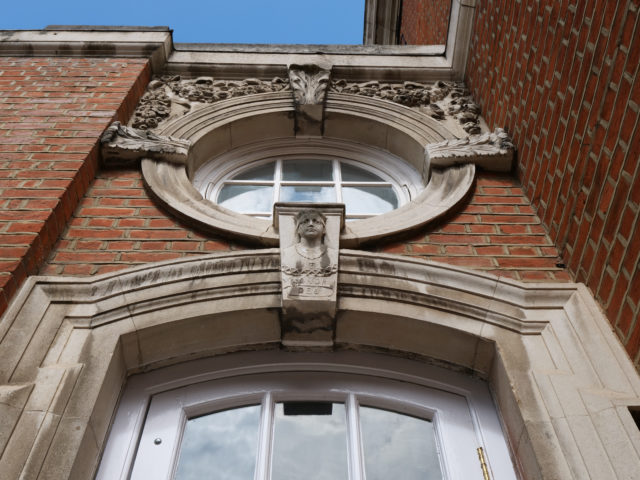
Mar 1895
BROOK GREEN
Brook Green was selected as the site for the Mercers’ new school, previously occupied by The Grange (purportedly featured in the above painting). Other sites in Hampstead and Kensington had also been considered.
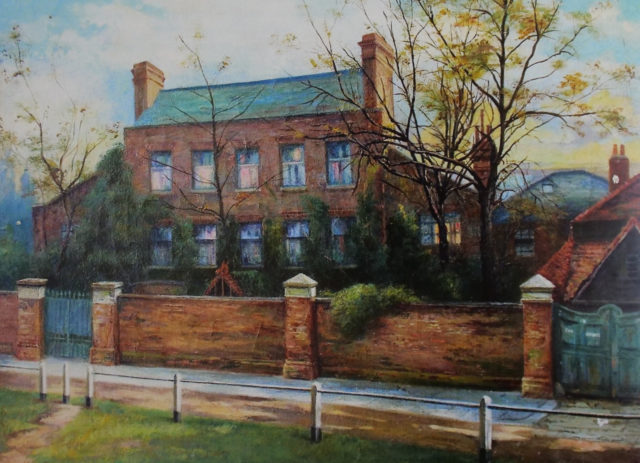
Oct 1896
ARCHITECT
Gerard Horsley was selected as the architect for the Company’s new girls’ school.
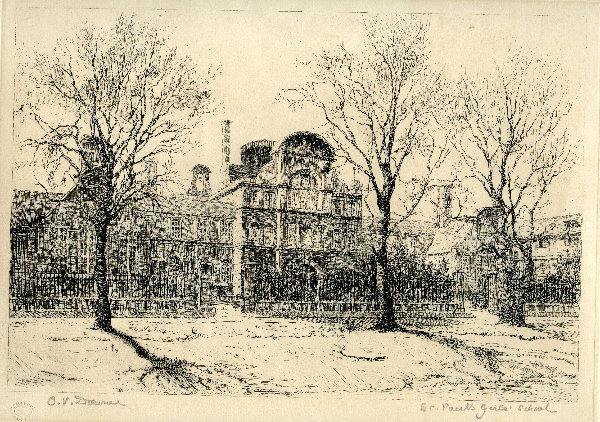
9 Apr 1897
NAMING OF THE SCHOOL
St Paul’s Girls’ School was formally adopted as the name for the school. In previous documents, it had been referred to as Dean Colet’s Girls’ School.
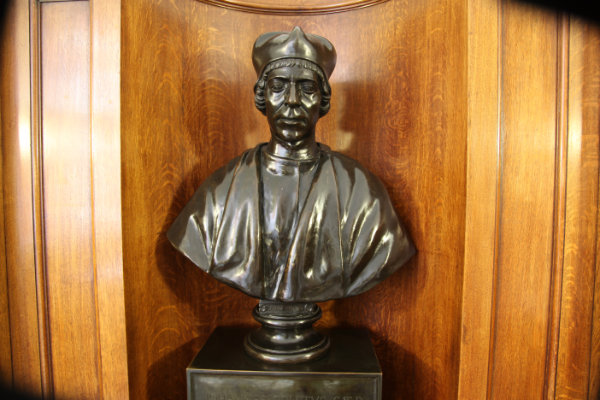
19 Jan 1901
BUILDING BEGINS
Work began on St Paul’s Girls’ School on Brook Green.
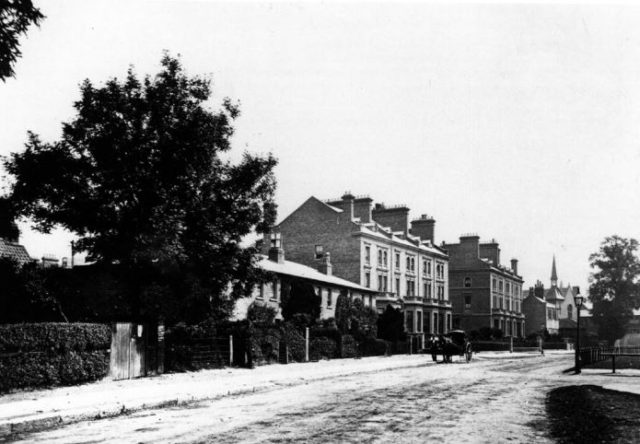
1 Mar 1903
MISS FRANCES GRAY
Miss Frances Ralph Gray was appointed Head Mistress (1903–1910) and then High Mistress (1910–1927). Frances Gray had read Classics at Newnham College, Cambridge, had been a Classical Lecturer at Westfield College, London and Head Mistress at St Katherines, Fife.
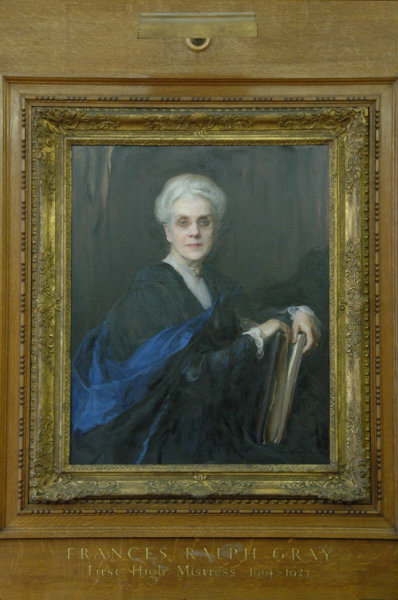
19 Jan 1904
FIRST STUDENTS ENROL
As the unofficial opening of the school, 54 Paulinas enrolled and began studying in Brook Green for the first time.
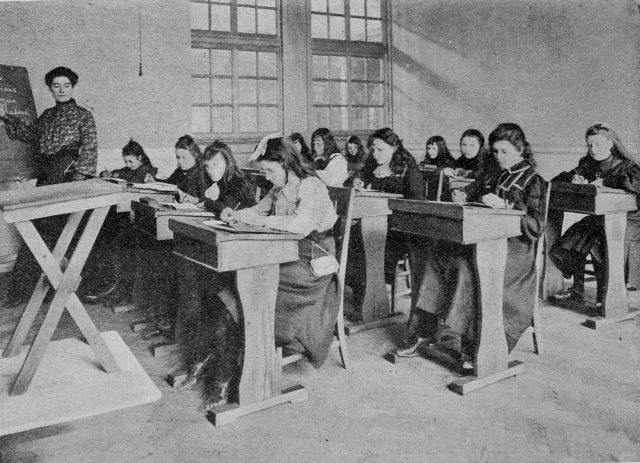
15 Apr 1904
OFFICIAL SCHOOL OPENING
The official opening of St Paul’s on 15 April 1904 by HRH Mary, Princess of Wales, accompanied by her husband (and future King) HRH George, Prince of Wales. Original school fees were £7 per term.
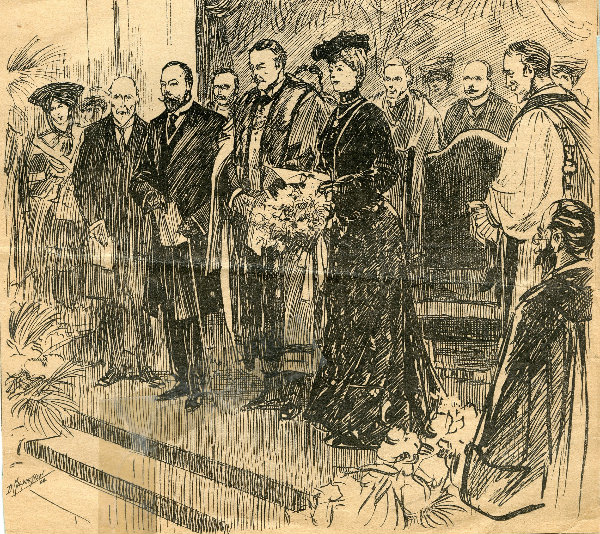
15 Apr 1904
FIELD CLUB
The first society was formed. Students travelled on botanical expeditions as part of The Field Club.
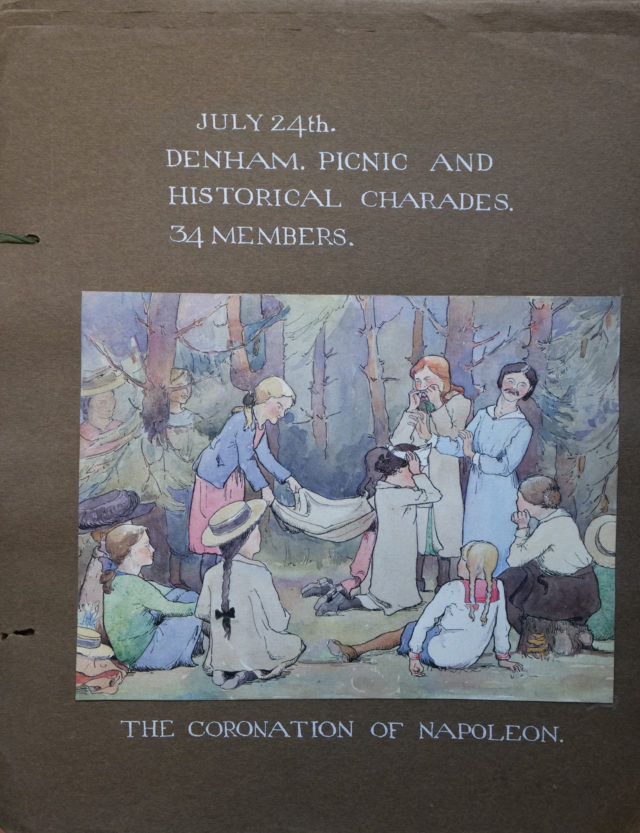
1905
MUSICAL DIRECTOR
Gustav Holst was appointed Composer, Chair Master and Musical Director.
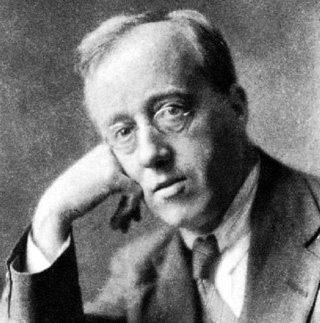
1 May 1907
FIRST LIBRARIAN
Miss Noakes served as the first librarian at St Paul’s. She was credited for organising the books in her own hybrid system, called “modified Dewey”.
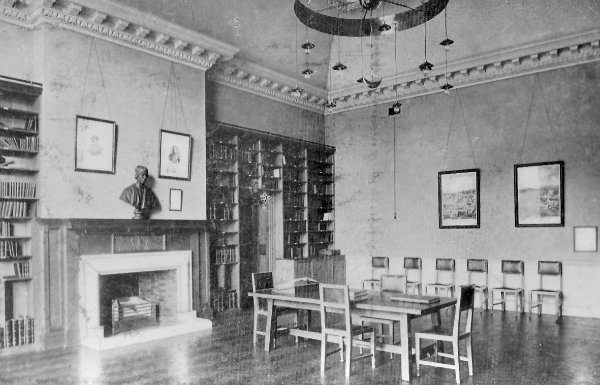
1 May 1910
THE ORGAN
In the summer of 1910, the harmonium in the Great Hall was replaced with an organ from JW Walker & Sons. The inaugural concert was given by Sir Frederick Bridge, who also played at Westminster Abbey for HRH Queen Victoria’s Jubilee and HRH Edward VII’s Coronation.
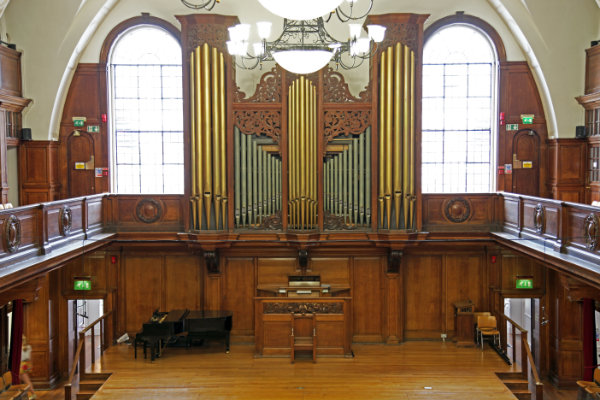
1 May 1911
THE SWIMMING POOL
St Paul’s was praised for being the only girls’ school to have a “private swimming bath” by Sarah Burstall in Public Schools for Girls. Novice swimmers wore red costumes, while the more experienced swimmers wore navy blue.
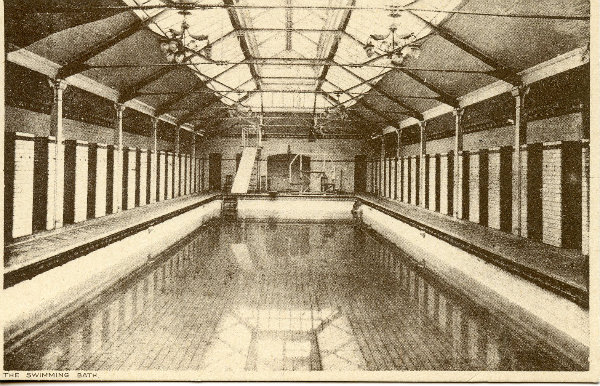
1 Jul 1913
THE MUSIC WING
The Music Wing was opened by Sir Alexander Mackenzie, the Principal of the Royal Academy of Music. Holst’s ‘St Paul’s Suite’ is played for the first time.
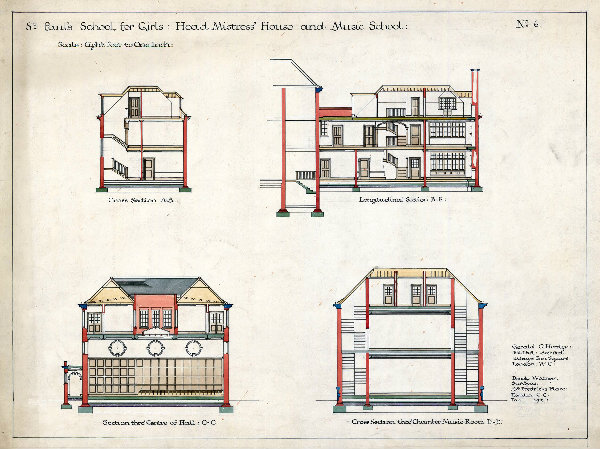
29 Sep 1918
THE PLANETS
The first performance of Gustav Holst’s The Planets was held.
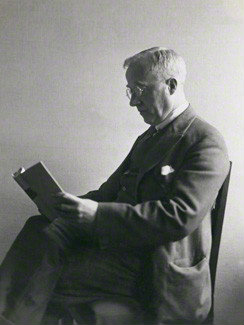
26 Jul 1921
ROYAL VISIT
The second royal visit to St Paul’s Girls’ School. Princess Mary (the future Princess Royal, Countess of Harewood) was the guest of honour at Prizegiving.
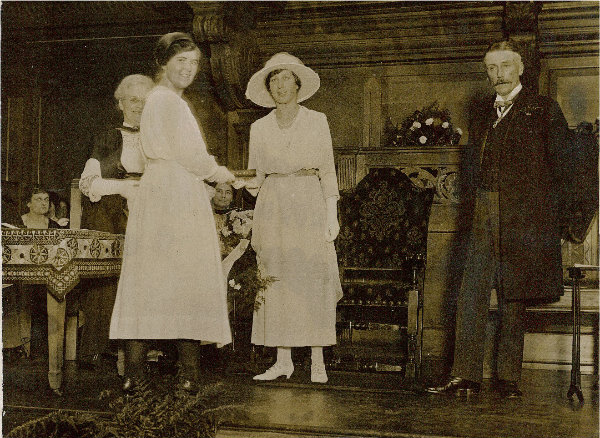
1 Jun 1924
THE PAULINA
The Paulina, the school magazine (founded in 1904) continued to flourish. This cover design still epitomises many of today’s Paulinas.
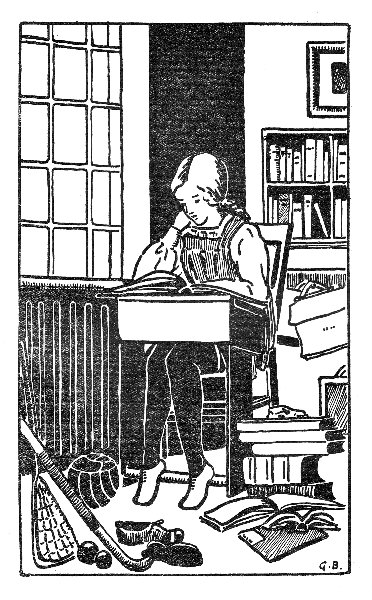
1 Sep 1927
MISS ETHEL STRUDWICK
Miss Ethel Strudwick was appointed High Mistress. She had read Classics at Bedford College, London and been Headmistress of the City of London School for Girls since 1913. During her time as High Mistress she continued to teach, as much as half a timetable. She is remembered for leading the school through the great challenges of the Second World War.
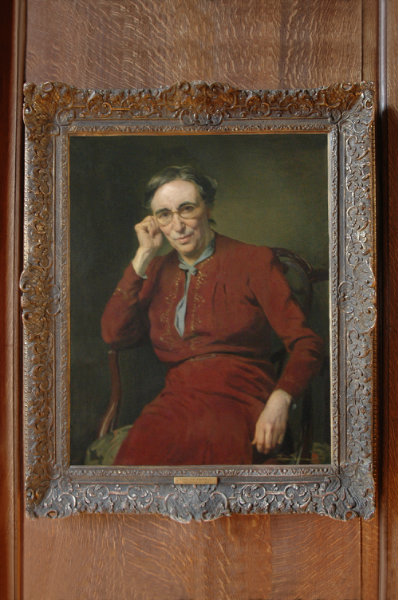
27 Jun 1933
SCIENCE BLOCK
HRH Princess Alice (Countess of Athlone) opened the science block. Her daughter, Princess May, was a Paulina (1921-23). The West London Observer called the building “splendidly equipped with excellent lighting and ventilation”.
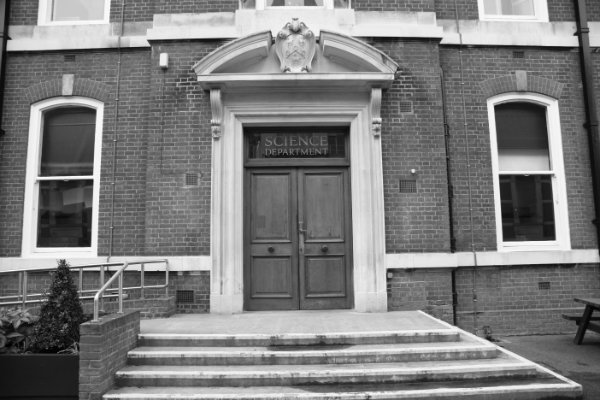
1934
RALPH VAUGHAN WILLIAMS
On the death of Gustav Holst, Ralph Vaughan Williams took over as Musical Advisor.
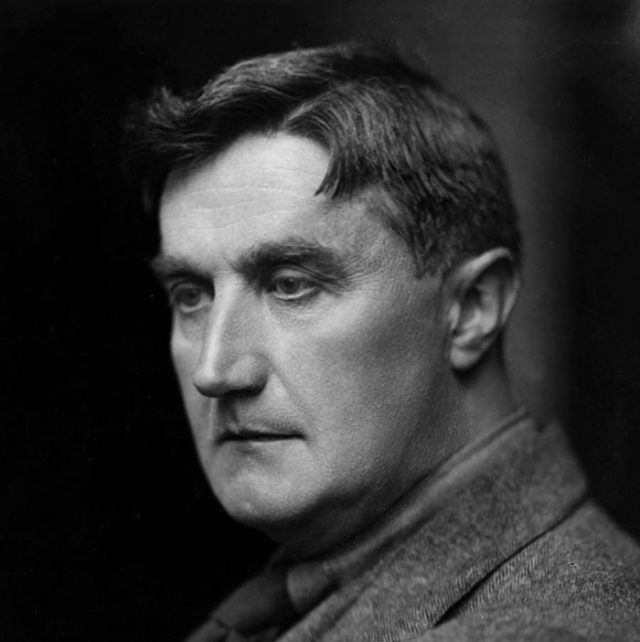
1935
GRAMOPHONE
Miss Strudwick requested that the Governors authorise the purchase of the school’s first gramophone. She did so begrudgingly; she had concerns about its impact on family life and the education of children.
.
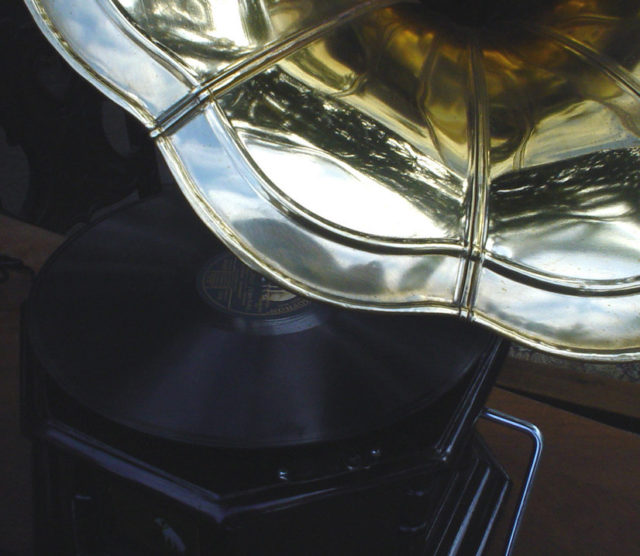
1937
NEW SOCIETIES
The Debating Society, Middle School History Club, and Literary Society were formed.
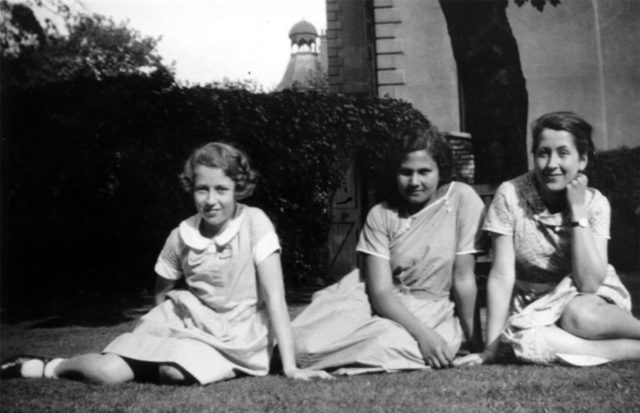
1 May 1939
WARTIME
Bute House under requisition by the Air Ministry and London Defences.
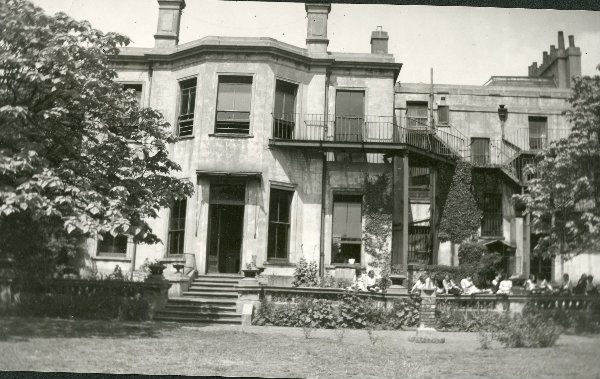
Sep 1939
WAR EVACUATION
With the outbreak of war in September 1939, St Paul’s evacuated to Wycombe Abbey.
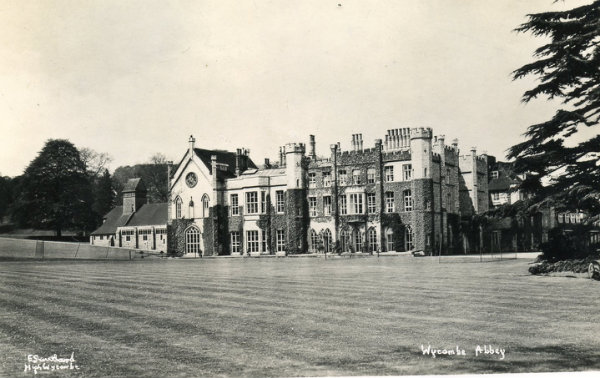
May 1940
REOPENING
After gaining the support of parents, the school reopened on Brook Green with a significantly reduced number of staff and pupils.
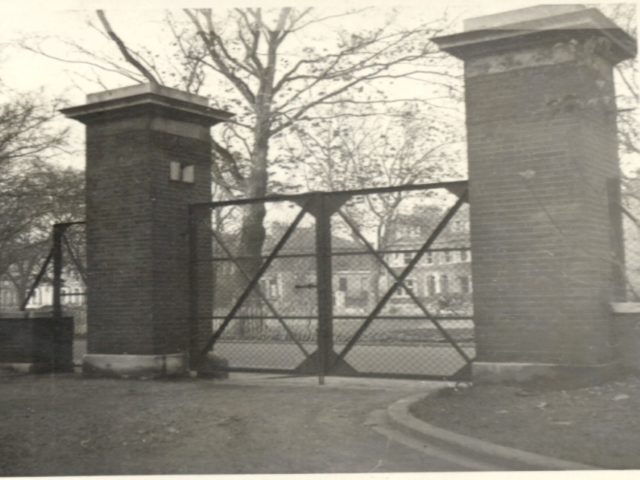
May 1942
TENNIS VICTORY
The Tennis Team won the Aberdare Cup in 1942 and again two years later.
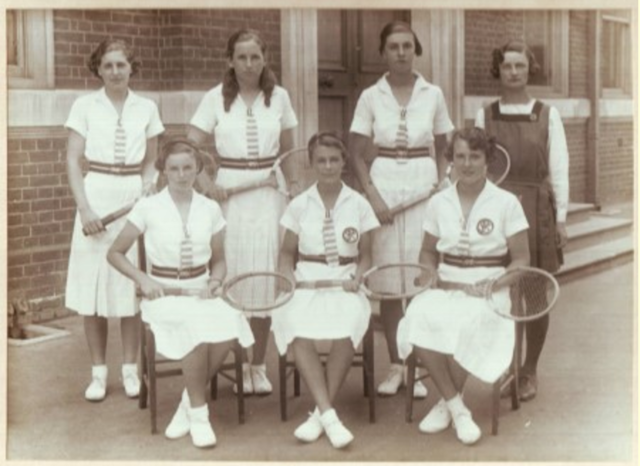
Jul 1943
SPEECH DAY
Speech Day resumed for the first time since 1939.
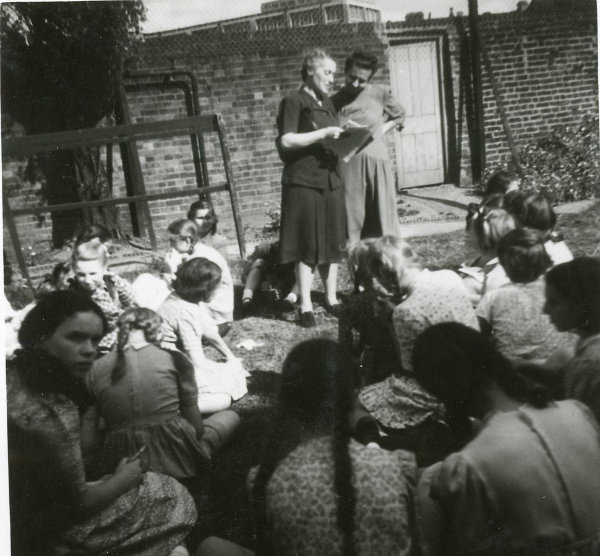
1 Sep 1948
MISS MARGARET OSBORN
Miss Margaret Osborn was appointed High Mistress. After having read Greats at St Hugh’s College, Oxford, she taught at St Mary and St Anne, Abbot’s Bromley and King Edward VI High School for Girls, Birmingham and then had been Head at St George’s School for Girls in Edinburgh. Miss Osborn planned the celebrations for the Golden Jubilee.
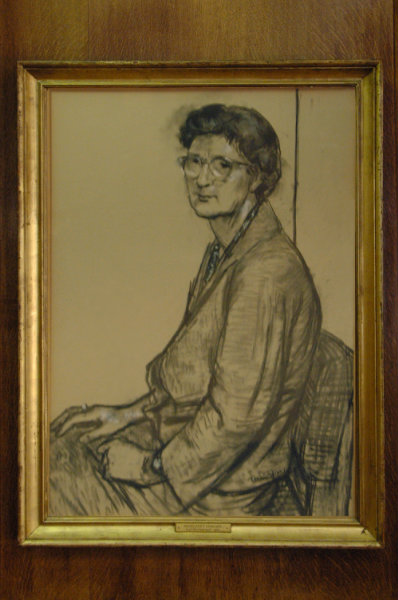
19 Jan 1954
GOLDEN JUBILEE BANQUET
On the Saturday before the school’s birthday on 19 January, there was a service at St Paul’s Cathedral attended by over 2,000. It was followed by a banquet at the Connaught Rooms which more than 800 Old Paulinas attended.
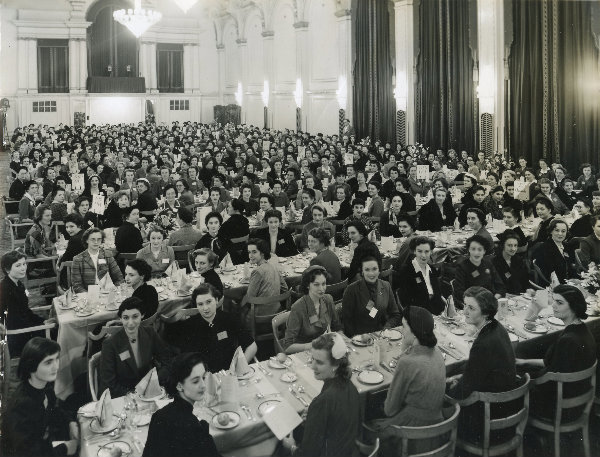
18 Mar 1954
ROYAL VISIT
HM Elizabeth, the Queen Mother visited St Paul’s Girls’ School for the Golden Jubilee.
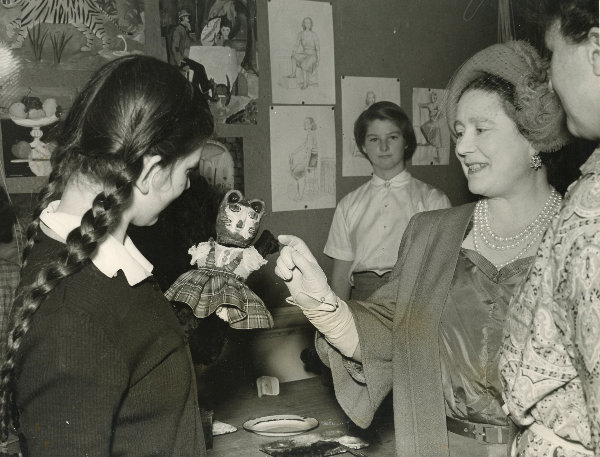
Jun 1954
‘THE MASQUE’
Gustav Holst’s ‘The Masque’, which had been first performed in 1909, was performed at school as part of the Jubilee celebrations.
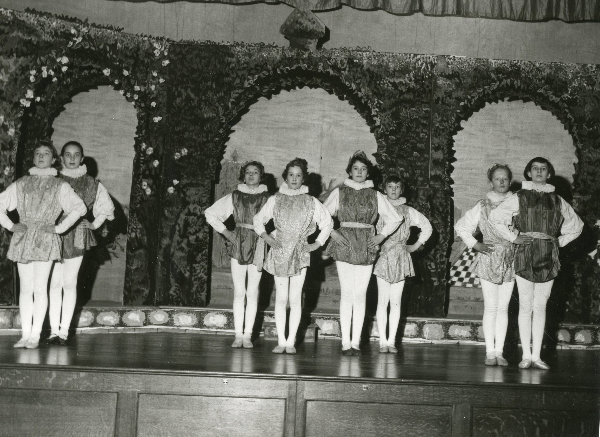
1 Sep 1962
JOHN GARDNER
John Gardner was appointed as the new Director of Music. He composed the settings of well-loved carols ‘Tomorrow Is My Dancing Day’ and ‘The Holly and the Ivy’.
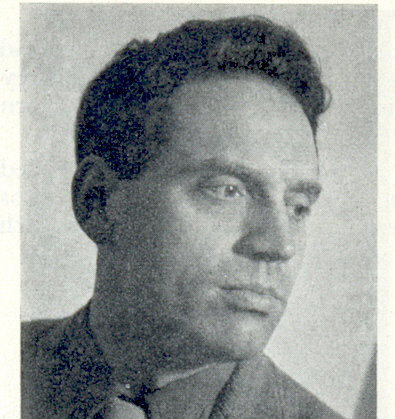
1 Jan 1964
MRS ALISON MUNRO
Mrs Alison Munro was appointed as High Mistress. She is the first Old Paulina to hold this post. She read PPE at St Hilda’s College, Oxford and then pursued a career in the civil service, culminating in being Under-Secretary of the Ministry of Transport and Civil Aviation by 1958. Under her leadership, a substantial programme of development began in 1971. She was appointed CBE in 1964 and DBE in 1985.
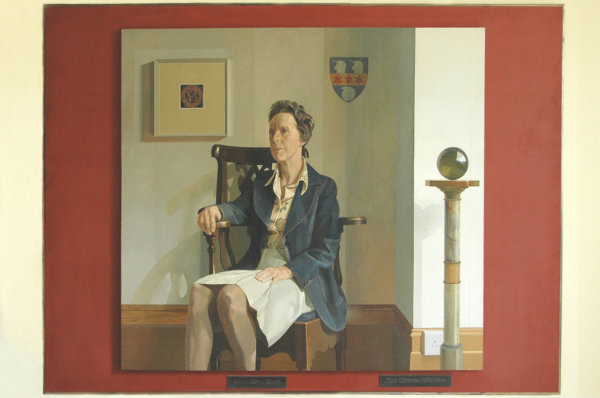
1 May 1966
‘CAUCASIAN CHALK CIRCLE’
Brecht’s ‘Caucasian Chalk Circle’ was performed. The play was directed by Gloria Bax, an inspirational Head of Drama who was ambitious in her choice of productions.
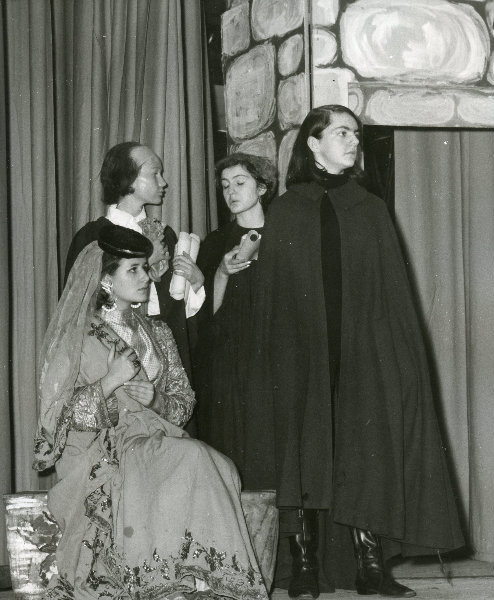
1971
DEVELOPMENT PROJECT
Mrs Munro’s development project was launched. The development included refurbishments and improvements to many parts of school, including a common room for the Senior School, a new geography wing, language laboratory, art studios, another dining room, an improved staff room and a new swimming pool.
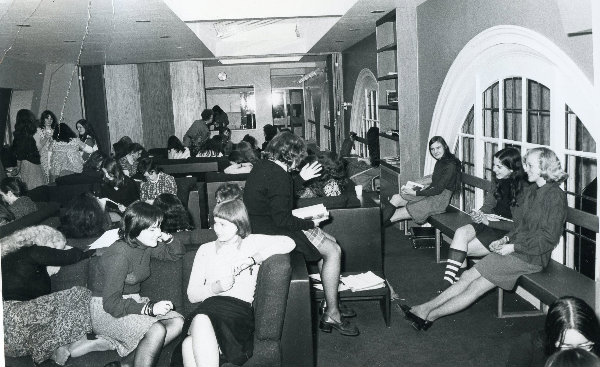
1 Sep 1974
MRS HEATHER BRIGSTOKE
Mrs Heather Brigstocke, made Baroness in 1990, was appointed High Mistress. After reading Classics at Girton College, Cambridge and teaching in London and Washington, she was Headmistress of Francis Holland, Regent’s Park, before becoming High Mistress. Her long term in office saw many innovations, including the Friday lectures, Economics A level, the Head Girl Team and the first new building (the Theatre block in 1985) since 1933.
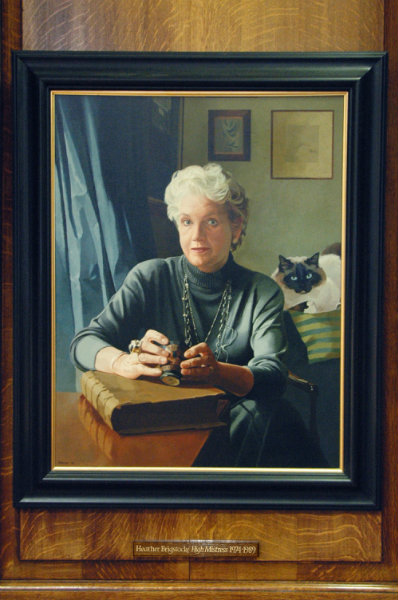
Sep 1975
NEW POOL
The new pool opened as part of Mrs Munro’s development.
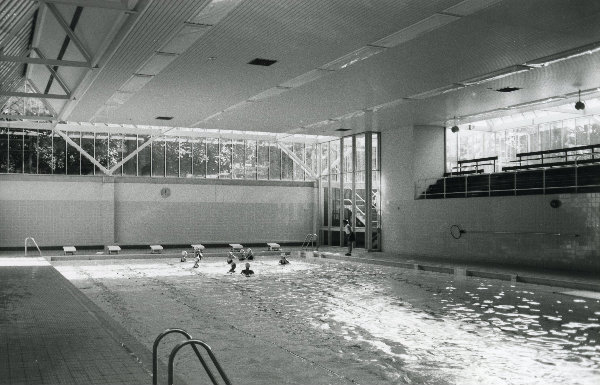
May 1979
PARENTS’ GUILD
Mrs Brigstocke established the Parents’ Guild in 1979. The first tasks of the Parents’ Guild included working in the book room, library and the theatre. In addition, the Parents’ Guild played a vital role in fundraising and providing flower displays on the Marble, traditions that continue today.
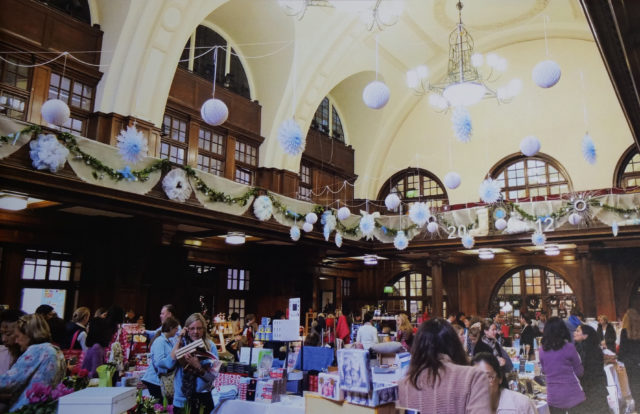
Apr 1980
FIRST COMPUTER
Mr Mark Weinburg, a St Paul’s parent, gave the school its first computer. It was described as a “small microcomputer which goes easily on a desk top”.

1 Nov 1982
GALA EVENING
The school hosted a Gala Evening in Aldwych to fundraise for Mrs Brigstocke’s ambitious building plans, which included a new theatre, a computer centre and an engineering workshop. The evening involved entertainment from Jeremy Irons, John Dankworth, Cleo Laine and Richard Briers.
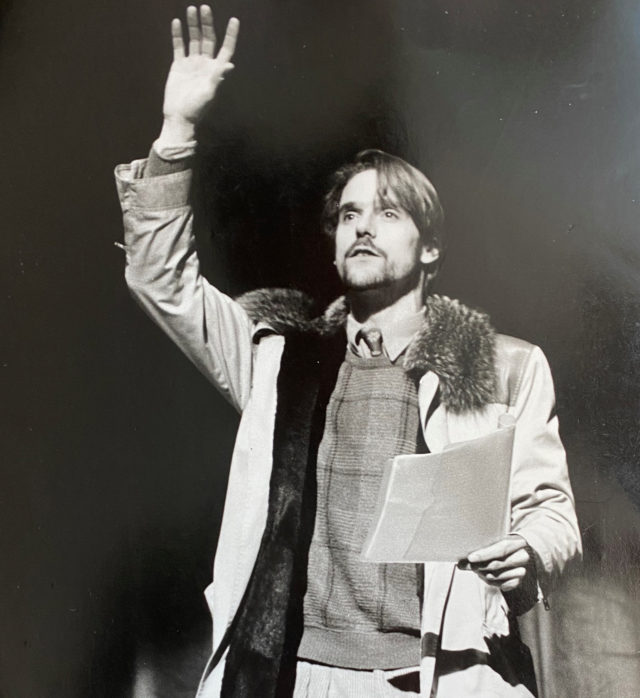
23 Feb 1985
ROYAL VISIT
HM The Queen Mother returned to St Paul’s to open the Celia Johnson Theatre. The audience watched two student performances: a play about Gustav Holst by John Mortimer and a staged production of Purcell’s Dido and Aeneas.
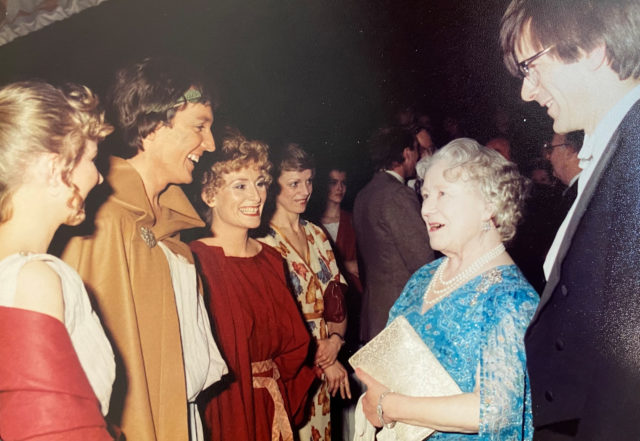
23 Sep 1986
LIBRARY EXTENSION OPENED
The library extension was opened on 23 September as the Siegmund Warburg Memorial Library. Sir Siegmund Warburg’s daughter Anna (a former Paulina) donated his vast collection of history books to the school after his death in 1982.
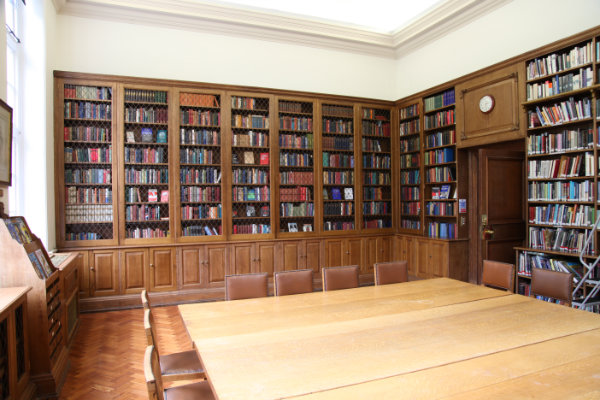
4 Feb 1988
DESIGN AND TECHNOLOGY CENTRE
The Rosalind Franklin Design and Technology Centre was opened by Dr, and later Sir, Aaron Klug.
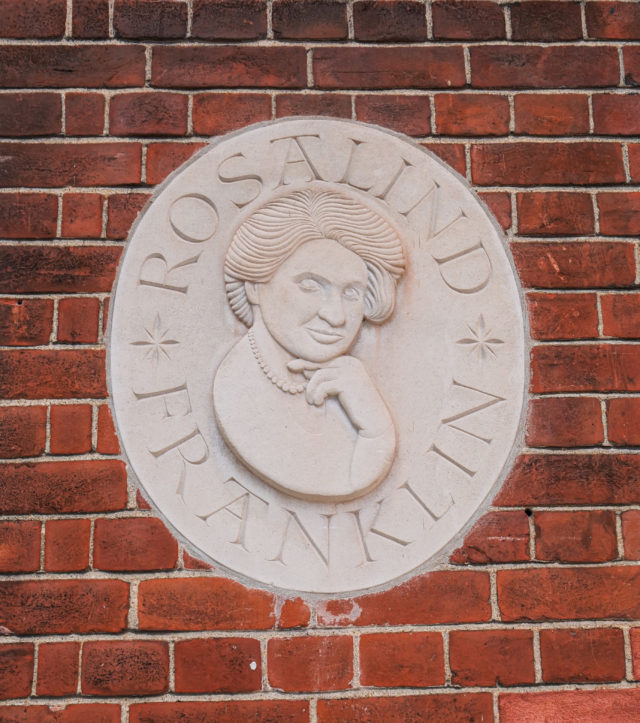
1 Sep 1989
MRS HELEN WILLIAMS
Mrs Helen Williams was appointed High Mistress. She had read English at Girton College, Cambridge, taught for a year at St Paul’s and then lectured at Edinburgh University. She then became Headmistress of Blackheath High School before taking the role of High Mistress.
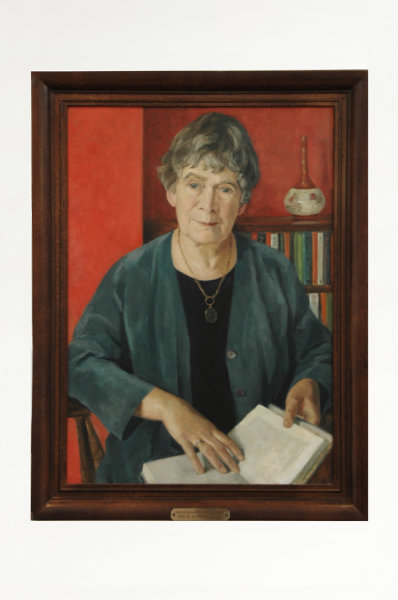
1 Sep 1991
ART
Art was established as a school-directed course.
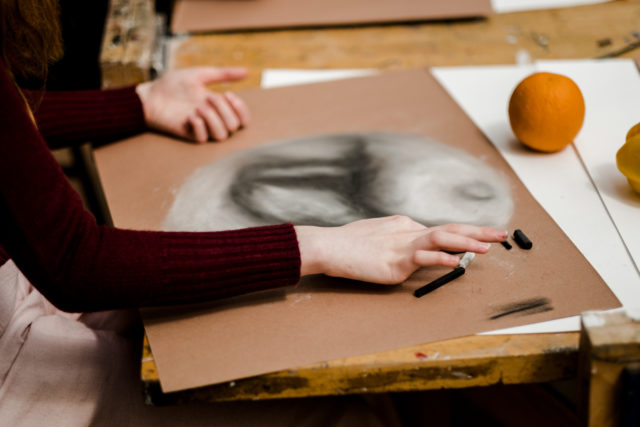
1 Apr 1992
MISS JANET GOUGH
Miss Janet Gough was appointed High Mistress. Miss Gough studied English at Cambridge and is best known for being the only High Mistress to have started as a teacher at St Paul’s. A gifted teacher, she had taught a generation of Paulinas and served as the school’s first Director of Studies and the second Surmistress (the Deputy Head’s previous title) before her appointment. Developments during her time included the Bursary Scheme and the opening of the Mercers’ Building in January 1994. Each morning she would greet students on the Marble.
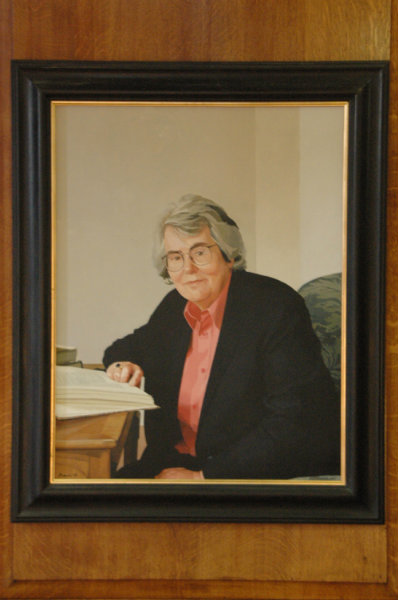
18 Jan 1994
SCIENCE BLOCK
The expansion of the science block was completed on 18 January. In order to improve science facilities, the laboratories were refurbished and a third storey added to the building. The structure reopened as the Mercers’ Building.
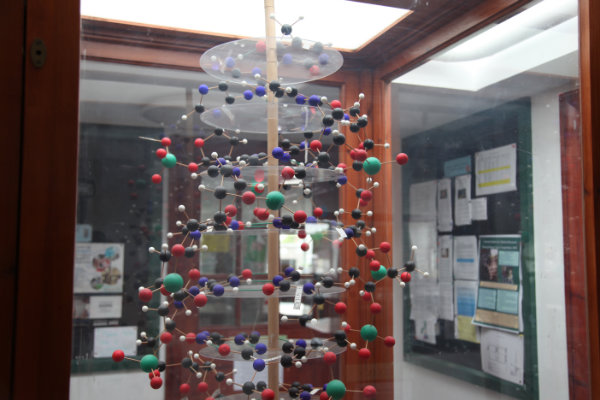
Apr 1997
COLET LIBRARY
The Colet Library opened.
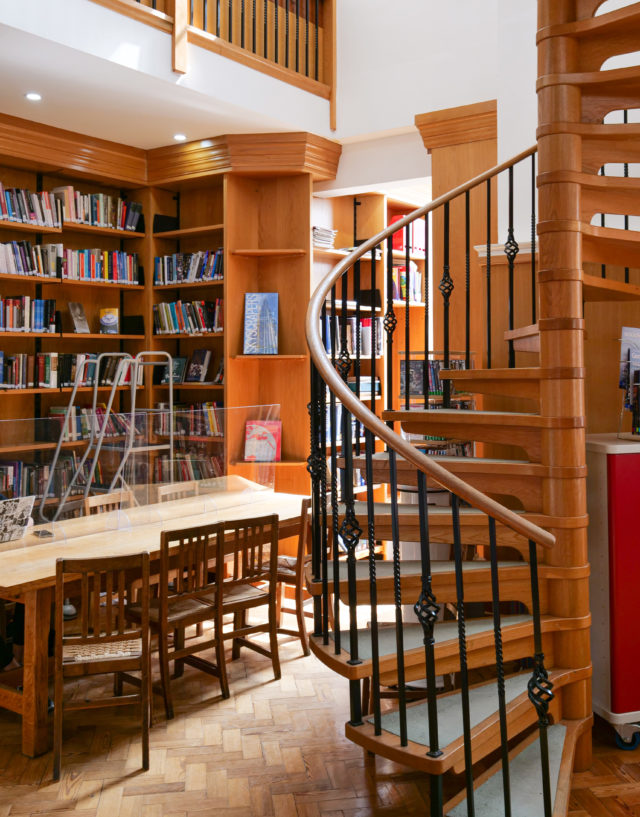
1 Sep 1998
MISS ELIZABETH DIGGORY
Miss Elizabeth Diggory was appointed High Mistress. After studying History at Westfield College, London, Miss Diggory became headmistress of St Albans High School for Girls and of Manchester High School for Girls. During her calm and orderly years at St Paul’s, she orchestrated an extraordinary building programme where the theatre block doubled in size, the Sports Hall was completed, the art department extended and the old gym turned into a Senior School centre. Miss Diggory also presided over the great celebrations of the Centenary in 2004.
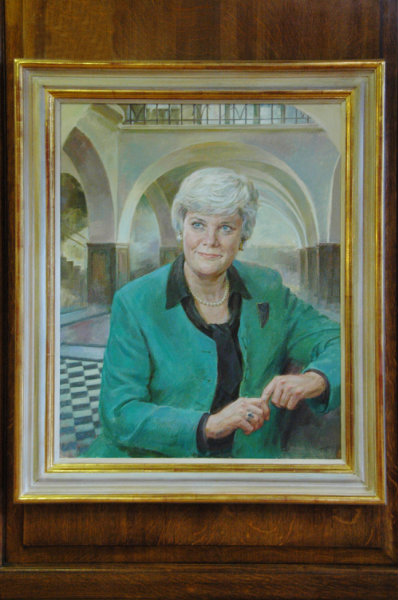
29 Jun 2000
SPORTS HALL
Construction on the Sports Hall was completed.
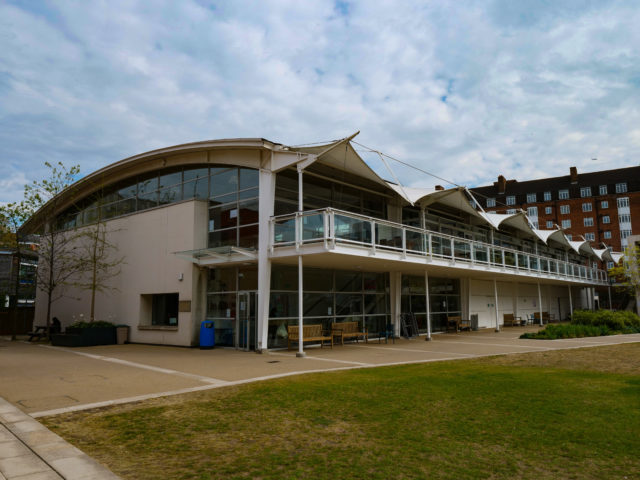
2004
CENTENARY
St Paul’s Centenary saw a host of celebrations. The hundredth anniversary on 19 January 2004 included a lecture from the school’s historian and the opening of the archive display and the Old Paulina art exhibition. Parents were able to attend all lessons and the day ended with a party for Paulinas in the Sports Hall, enlivened by acrobats and with teachers acting as waiters. A Community Open Day on 1 July was held between two splendid summer parties, one for Old Paulinas and one for parents. There were also concerts in St John’s Smith Square and the Sports Hall. The summer concert marked by the premiere of Julian Grant’s opera The Prevailing Tree and the royal visit the next day added a touch of glamour to a memorable year.
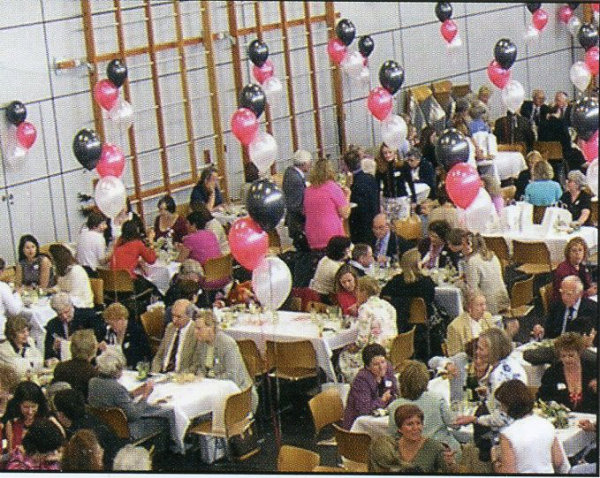
8 Jul 2004
ROYAL VISIT
King Charles III, when Prince of Wales, visited St Paul’s Girls’ School on this day. He toured the school, met with students and staff and looked at the archive exhibition.
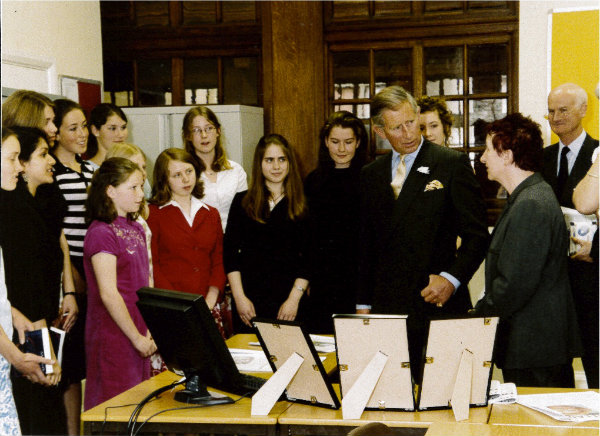
1 Sep 2006
MS CLARISSA FARR
Ms Clarissa Farr was appointed High Mistress. Studying English at Exeter University, Ms Farr soon became Headmistress of Queenswood School before her appointment at St Paul’s. Amongst the achievements of her eleven years were the introduction of A level Drama and, for the departing VIII (Year 13), Valediction. A gifted public speaker and lover of the theatre, Ms Farr added a touch of drama to her assemblies, and she was the first High Mistress to direct her own play; Aphra Behn’s The Rover. Ms Farr undertook ambitious building projects; including the enhancement of the entrance of the school (in accordance with the original 1904 designs) and the Garden Building.
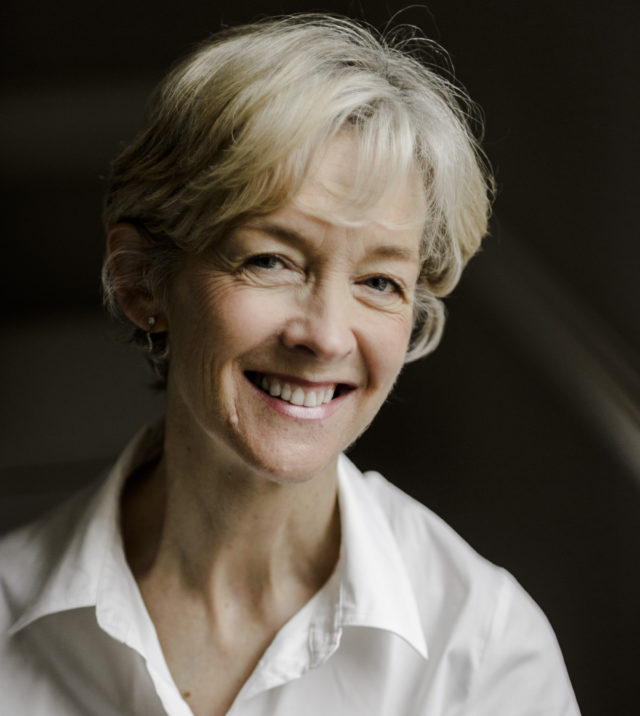
1 Sep 2007
DRAMA
Drama was established as an independent academic department.
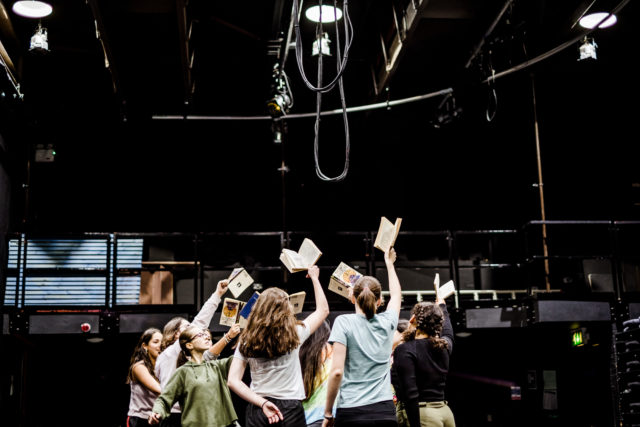
7 Jul 2007
THEATRE REOPENED
Sir Peter Hall, father of OP Emma Hall, was the guest of honour for the re-opening of the Celia Johnson Theatre, doubled in size compared with its 1985 original.
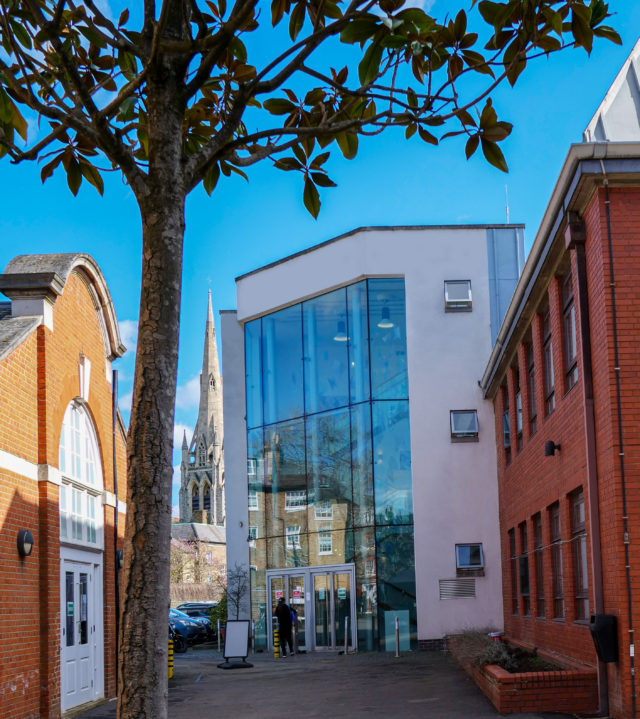
1 Sep 2007
POET-IN-RESIDENCE
The poet-in-residence programme was started by the English department.

1 Jun 2010
VALEDICTION
The Valediction service for leavers was held for the first time.
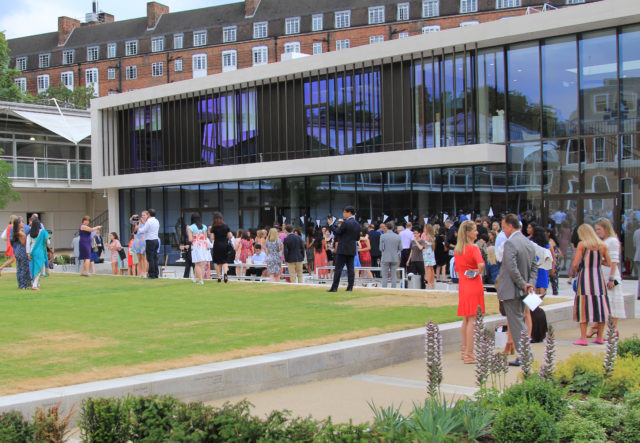
2010
BELL RESTORED
The original school bell and belfry from 1902 was restored.
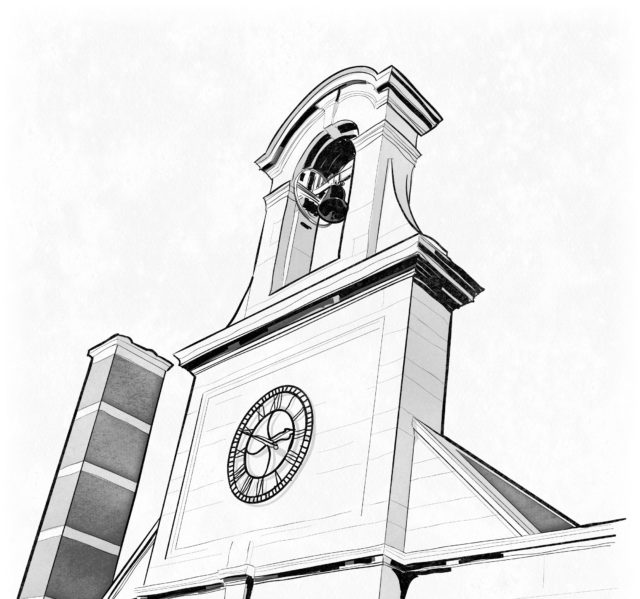
9 Mar 2012
VOX RADIO
The student-initiated Vox radio station launched their first show. The radio station now plays in the Forum, the Great Hall, and the Dining Hall.

1 Sep 2012
COLET FELLOWS
The inaugural Colet Fellows came to St Paul’s Girls’ School to assist with American university applications as well as various lessons, sports, societies, and the creation of the new school website.
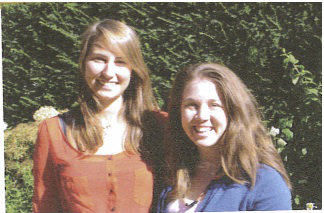
20 Sep 2012
RE-STORE
St Paul’s opened its very own charity shop, Re-Store. A team of Senior School students began collecting lightly worn clothes to be sold for charity.

7 Feb 2014
110th ANNIVERSARY
The school celebrated its 110th anniversary with special Holst Concert and activities.
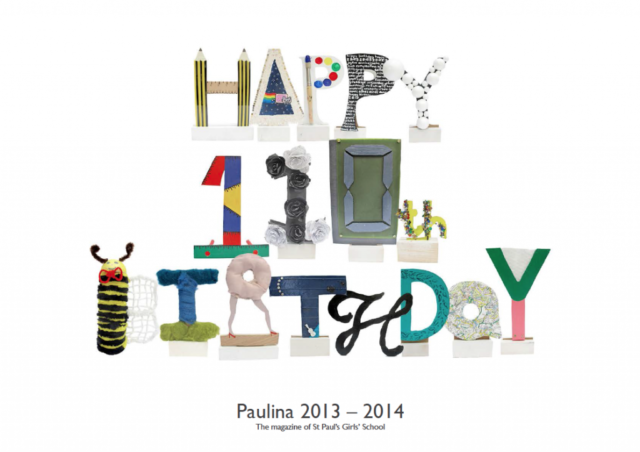
2014
GREAT WAR COMMEMORATIONS
Commemorations marked the outbreak of the First World War, including displays of artifacts and documents and a visit by Richard Dunning, owner of Lochnager Crater.
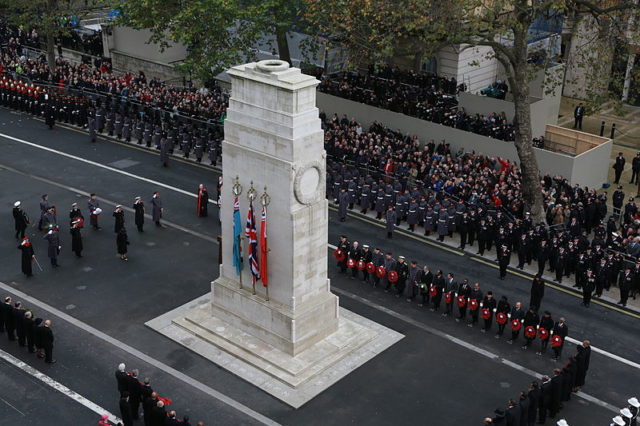
5 Jan 2015
STAINED GLASS IN THE MUSIC WING
Completion of the stained glass ceiling in the Music Wing foyer. The design, by Maria Cristina White-da Cruz, includes symbolic references to Holst, Rosalind Franklin and other staff and alumnae.

11 Apr 2015
ALUMNAE BOAT RACE SUCCESS
Both the men’s and women’s Oxford and Cambridge Boat Races were held on the same day and course for the first time since the event’s inception. Former Paulinas Maxie Scheske (rower and Oxford Women’s Boat Club President) and Jennifer Ehr (coxswain) were on the winning Oxford team on this historic occasion.
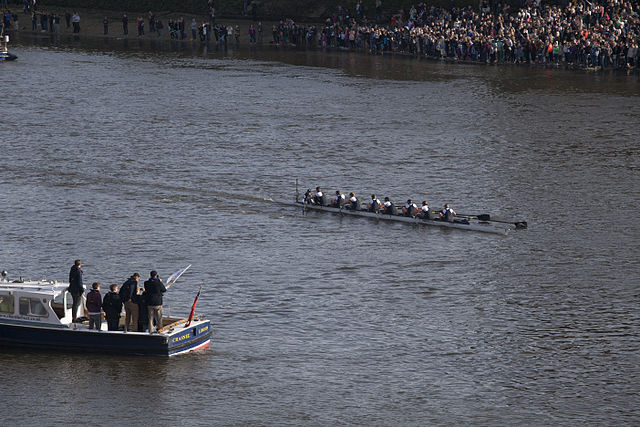
1 Sep 2017
MRS SARAH FLETCHER
Mrs Sarah Fletcher was appointed High Mistress, a leading educationalist committed to high academic achievement, diversity and inclusion. After reading History at New College, Oxford, Mrs Fletcher taught in a wide range of schools – state, maintained, single-sex and co-educational. Before her appointment as High Mistress she served as head of Kingston Grammar School and the City of London School for Boys. Since 2017, she has overseen the opening of the Garden Building and the new Pavilion, established a partnership scheme with other schools, guided St Paul’s through the great crisis of the COVID pandemic and begun a major development of the Colet Library and the Rosalind Franklin Design and Technology Centre.
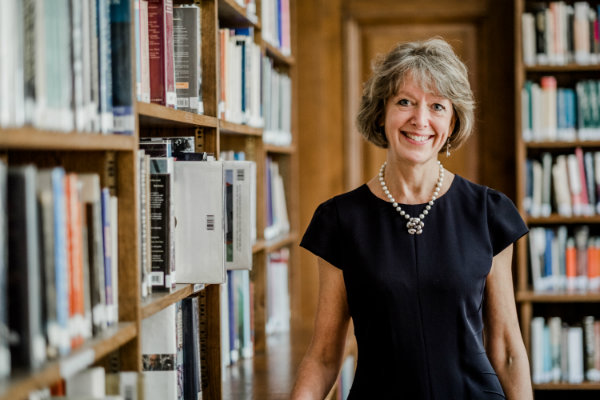
6 Jul 2018
OPENING OF THE NEW PAVILION
Our new Pavilion was formally opened by Zoe de Toledo, Olympian and OP 1998-2005.
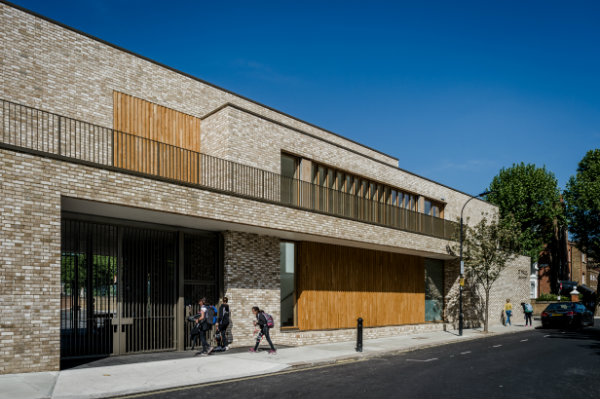
21 Sep 2018
GARDEN BUILDING
The new Garden Building was officially opened by Dame Carol Black, Principal of Newnham College, Cambridge. The Garden Building houses the Senior School as well as the geography and history departments.
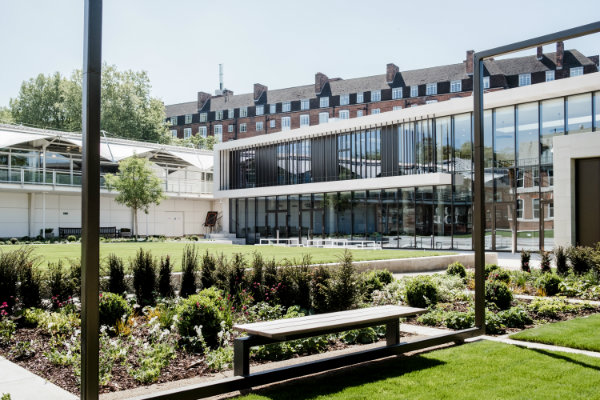
18 Mar 2020
TEMPORARY CLOSURE
The school closed for the second time in its history, owing to the COVID-19 outbreak. The first such closure was on 3 September 1939 to escape wartime London. The school reopened in September 2020 with new health and safety measures.
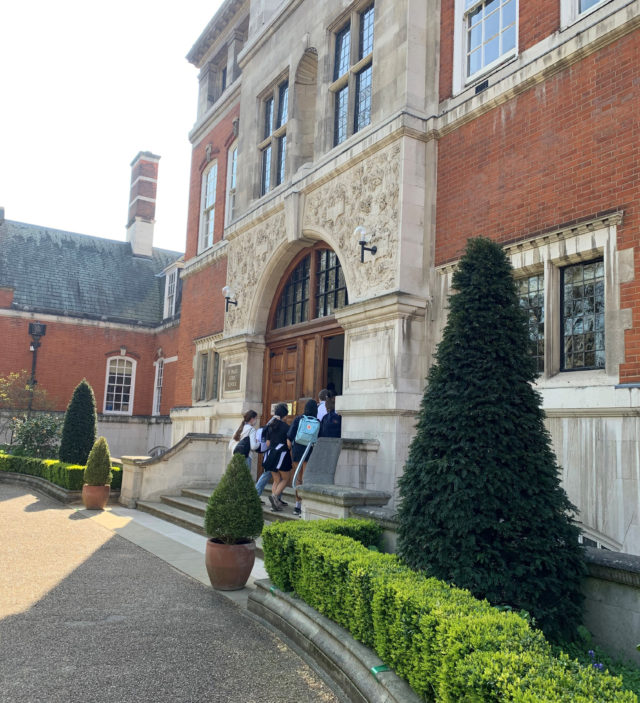
19 Jan 2024
120th BIRTHDAY
The school celebrated its 120th anniversary and shared the first edition of The Paulina magazine from 1904.
Read it here to see how the school has changed over the years
